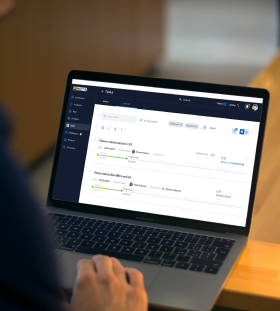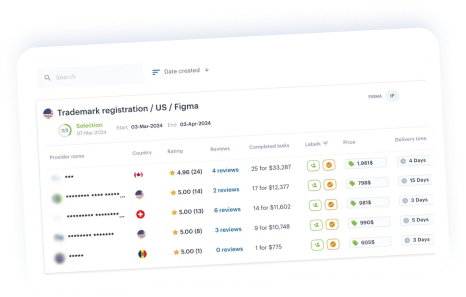البحث عن قابلية الحصول على براءة اختراع في المانيا
ابحث في قواعد بيانات براءات الاختراع، وحدد التضاربات المحتملة، وتحقق من تفرد البراءات. تُتيح هذه المرحلة طريقة آمنة للبحث والتطوير، مما يُساعد على تجنب المشاكل القانونية.



ابحث في قواعد بيانات براءات الاختراع، وحدد التضاربات المحتملة، وتحقق من تفرد البراءات. تُتيح هذه المرحلة طريقة آمنة للبحث والتطوير، مما يُساعد على تجنب المشاكل القانونية.







-
مساعد IP مدعوم بالذكاء الاصطناعي يساعدك على إنشاء مهمة مفصلة خلال دقائق.
-
اختيار وكيل براءات الاختراع المحلي الأكثر ملاءمة بناءً على معايير محددة.
-
إجراء بحث من خلال قواعد بيانات براءات الاختراع، وتحديد الصراعات المحتملة وتحديد الاستراتيجية.
-
المراقبة عبر الإنترنت وإعداد التقارير على المنصة طوال العملية بأكملها.

-

أكثر من 800 شركة محاماة متخصصة في الملكية الفكرية من أكثر من 150 دولة، تصنيف ومراجعات
-

مساعد IP مدعوم بالذكاء الاصطناعي يساعد في إنشاء المهام والعثور على المحامين ذوي الصلة
-

رسوم ثابتة، ومدفوعات آمنة وسريعة عبر الإنترنت مع نتائج مضمونة
-

إمكانية الوصول إلى عملية التسجيل وتخزين البيانات عبر الإنترنت لجميع حالاتك على مدار الساعة طوال أيام الأسبوع
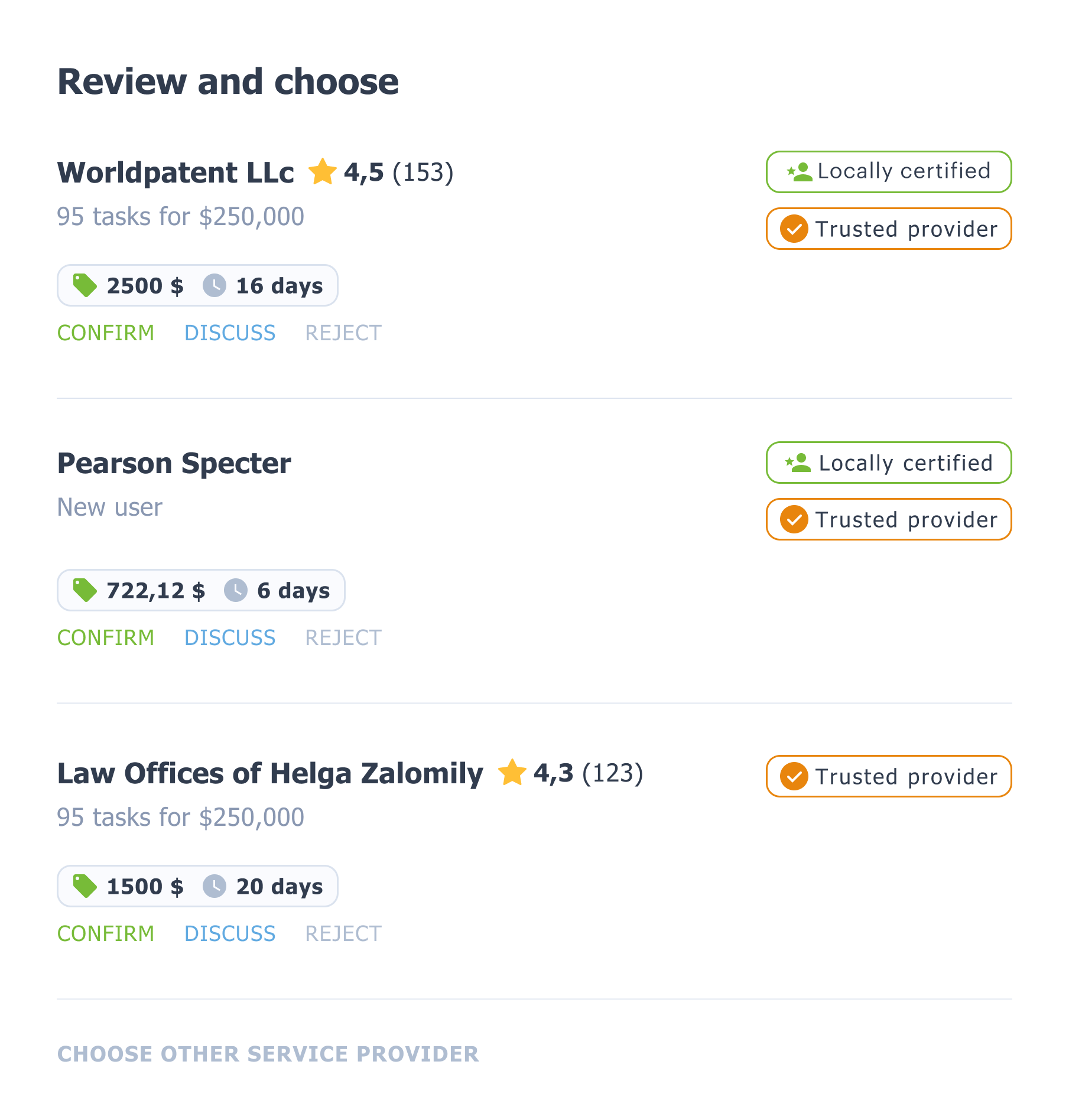
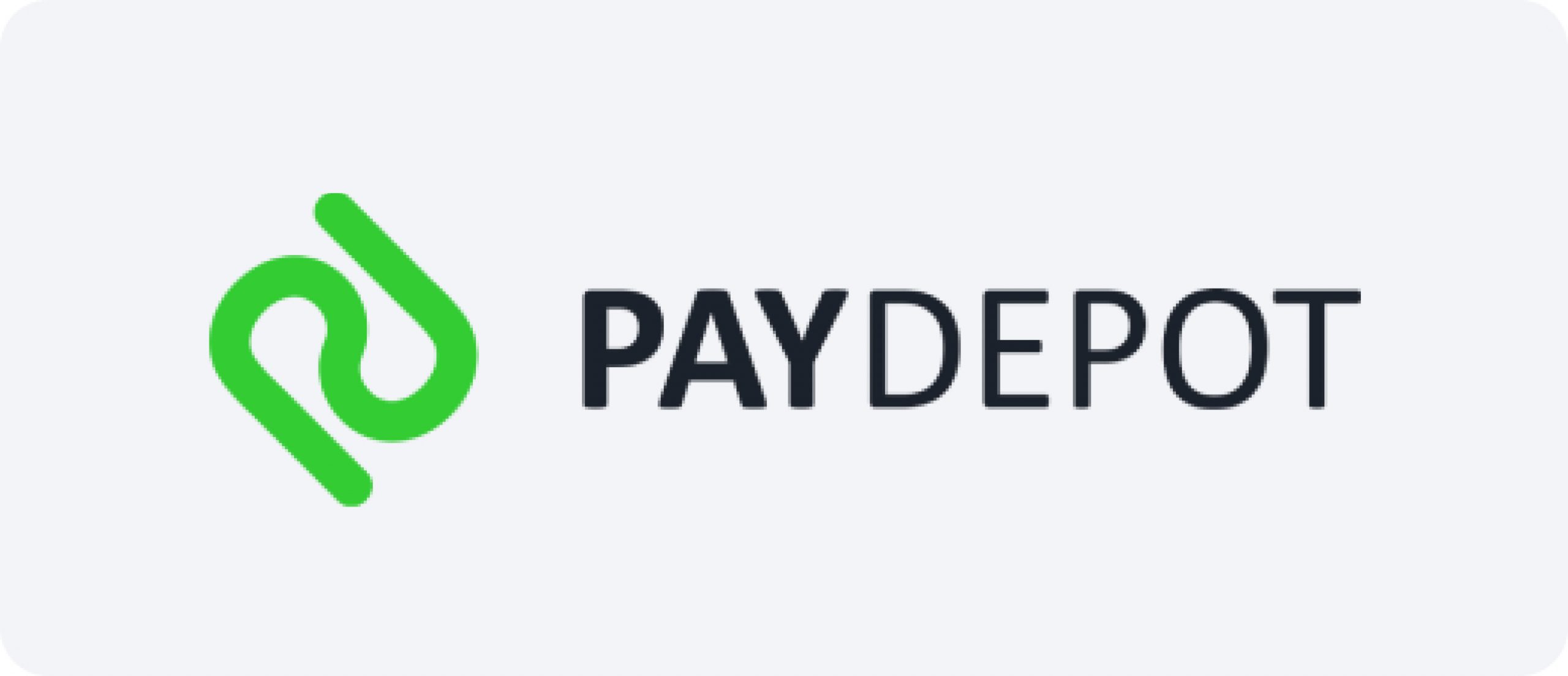


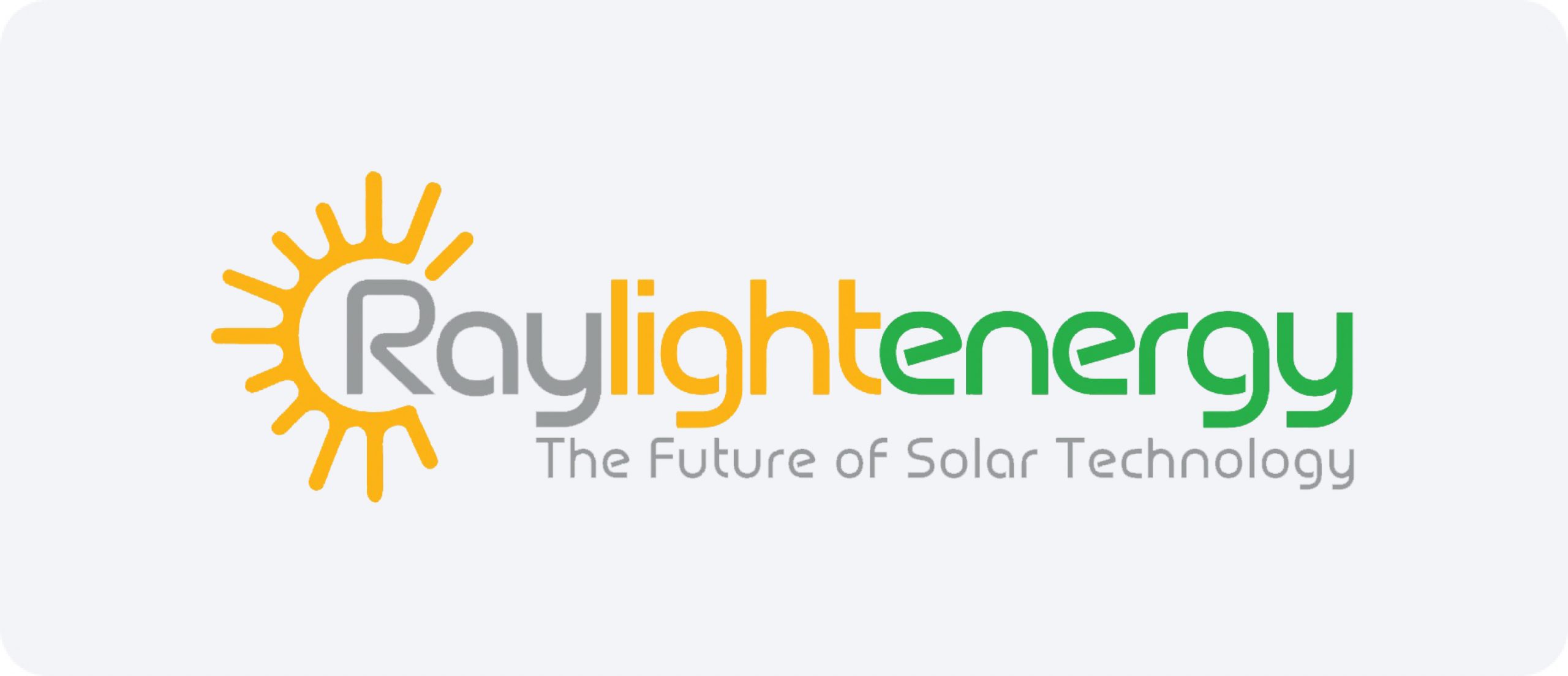



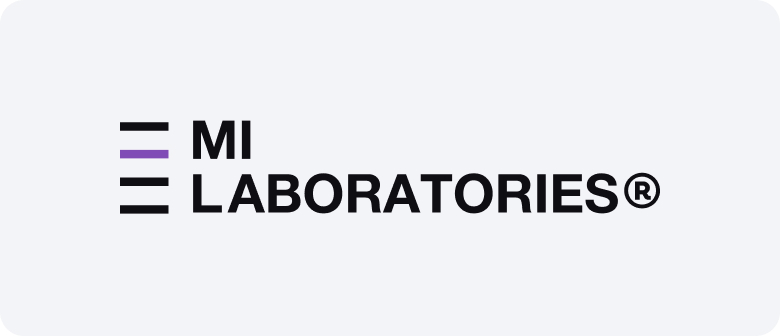

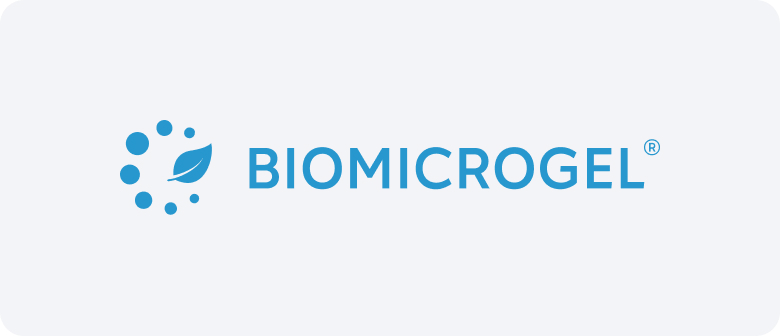
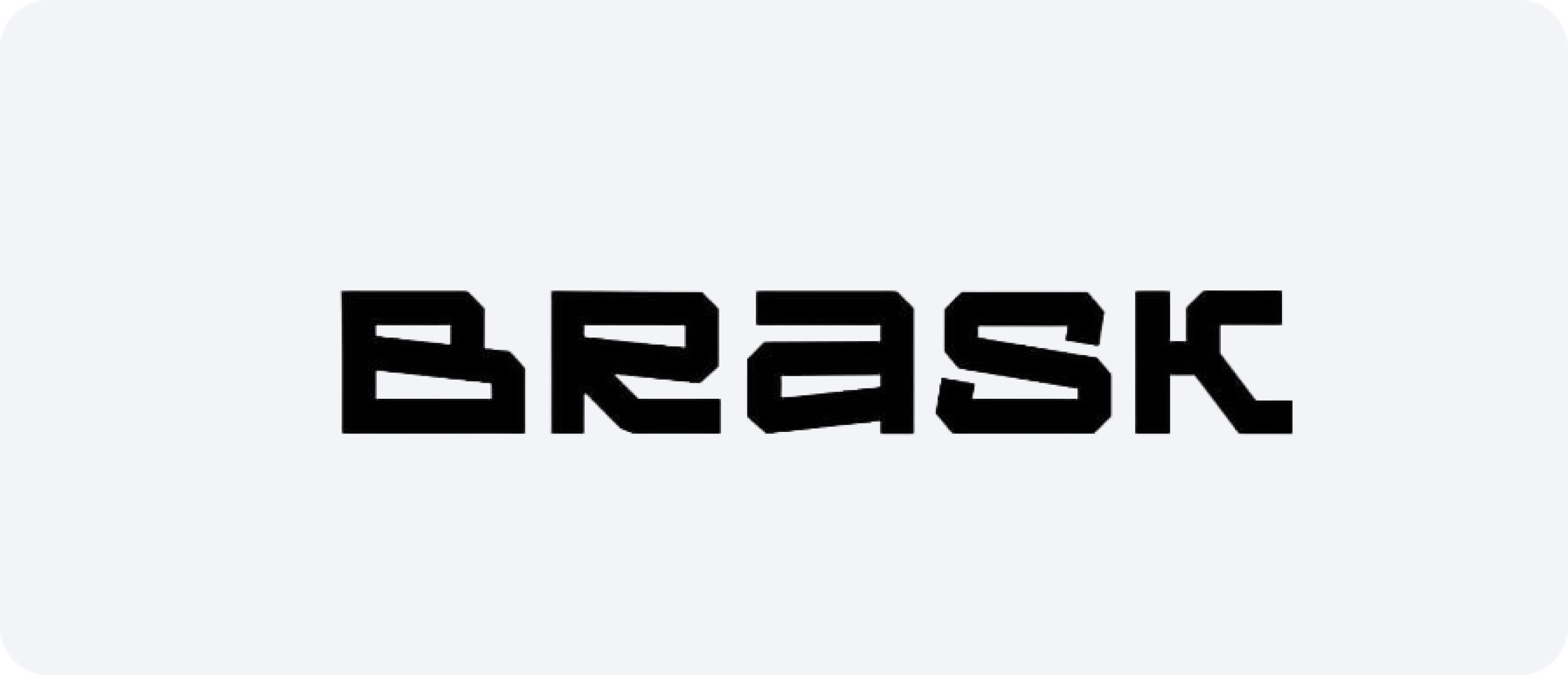

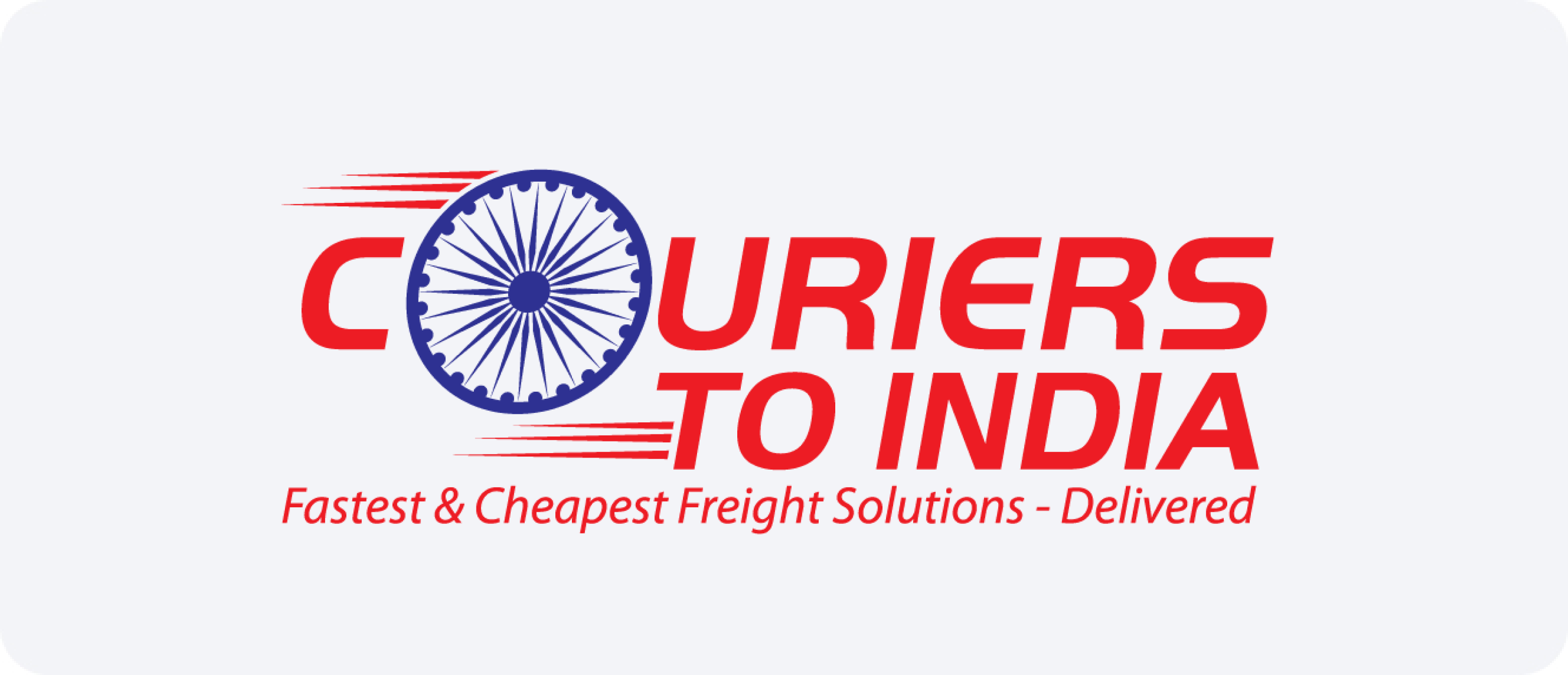
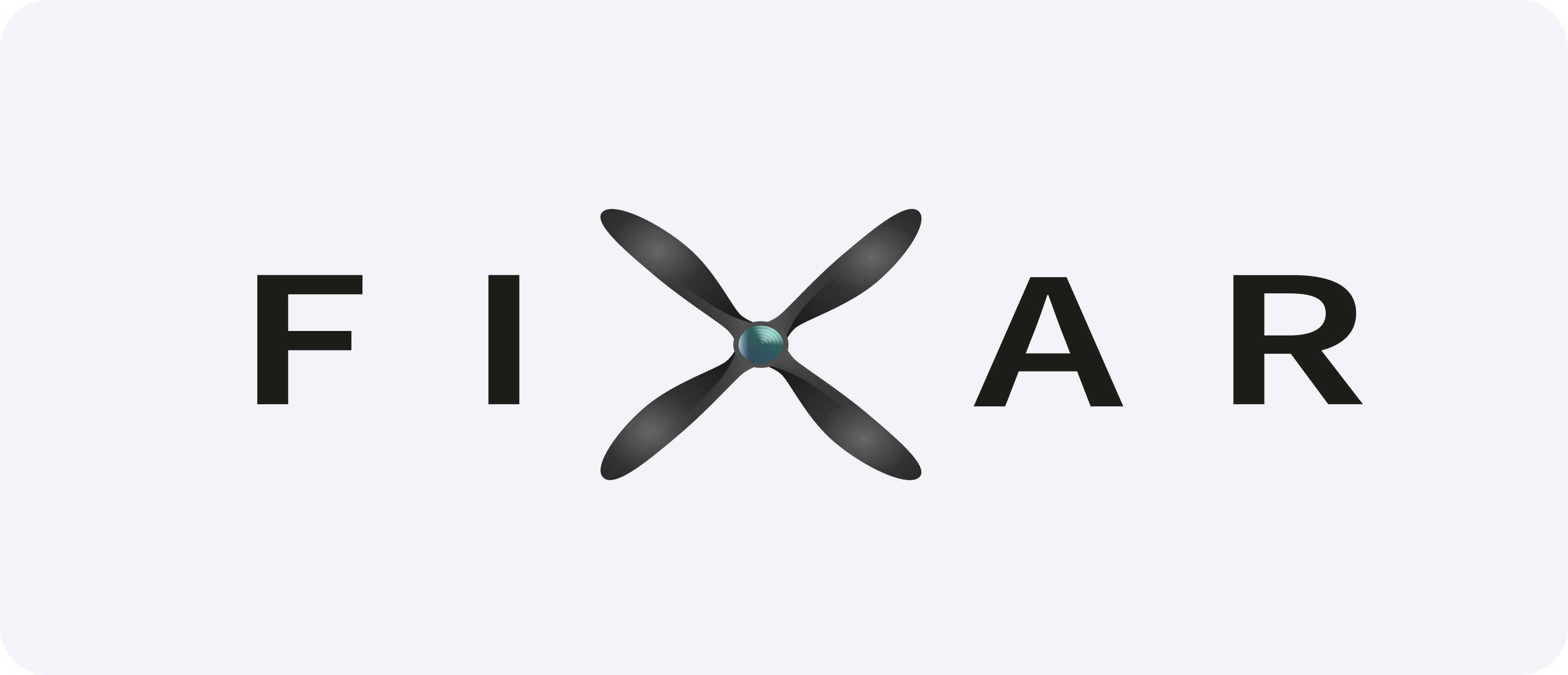

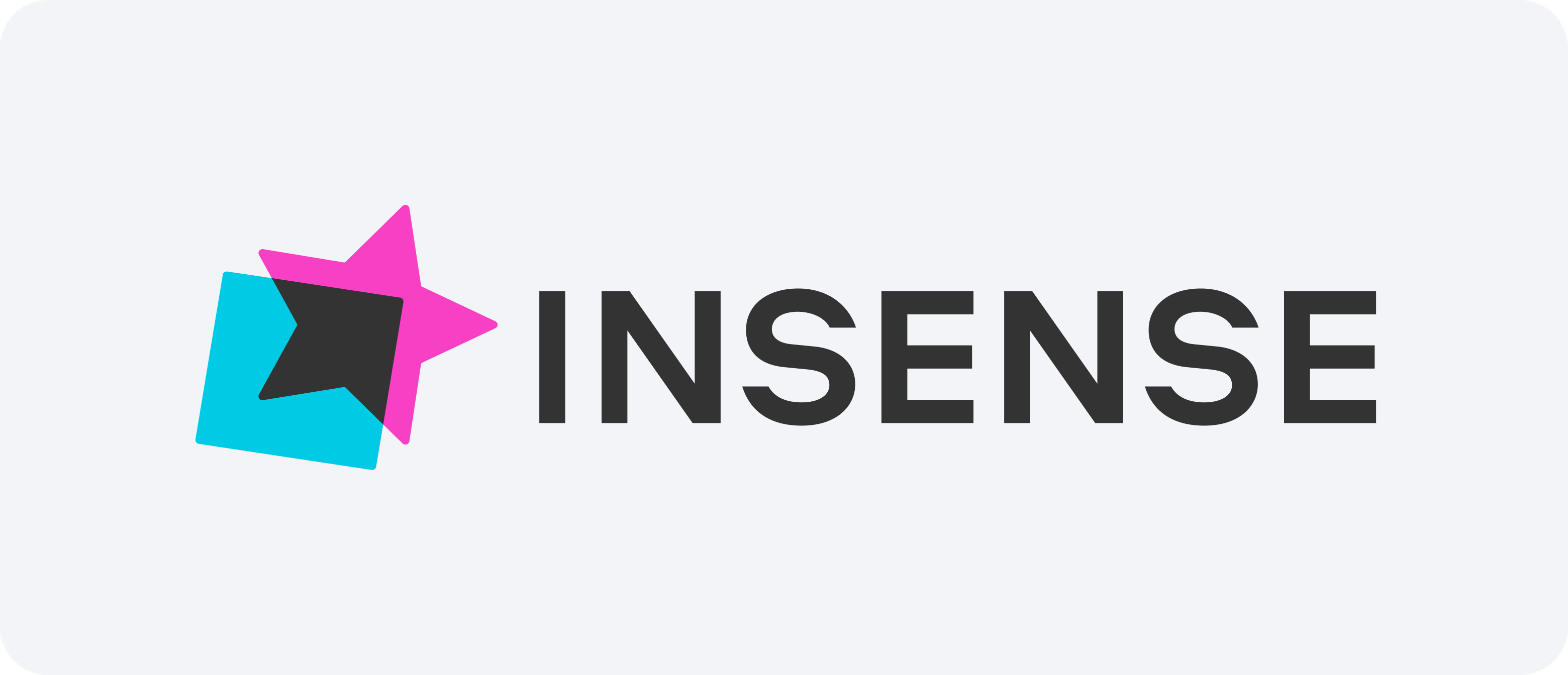
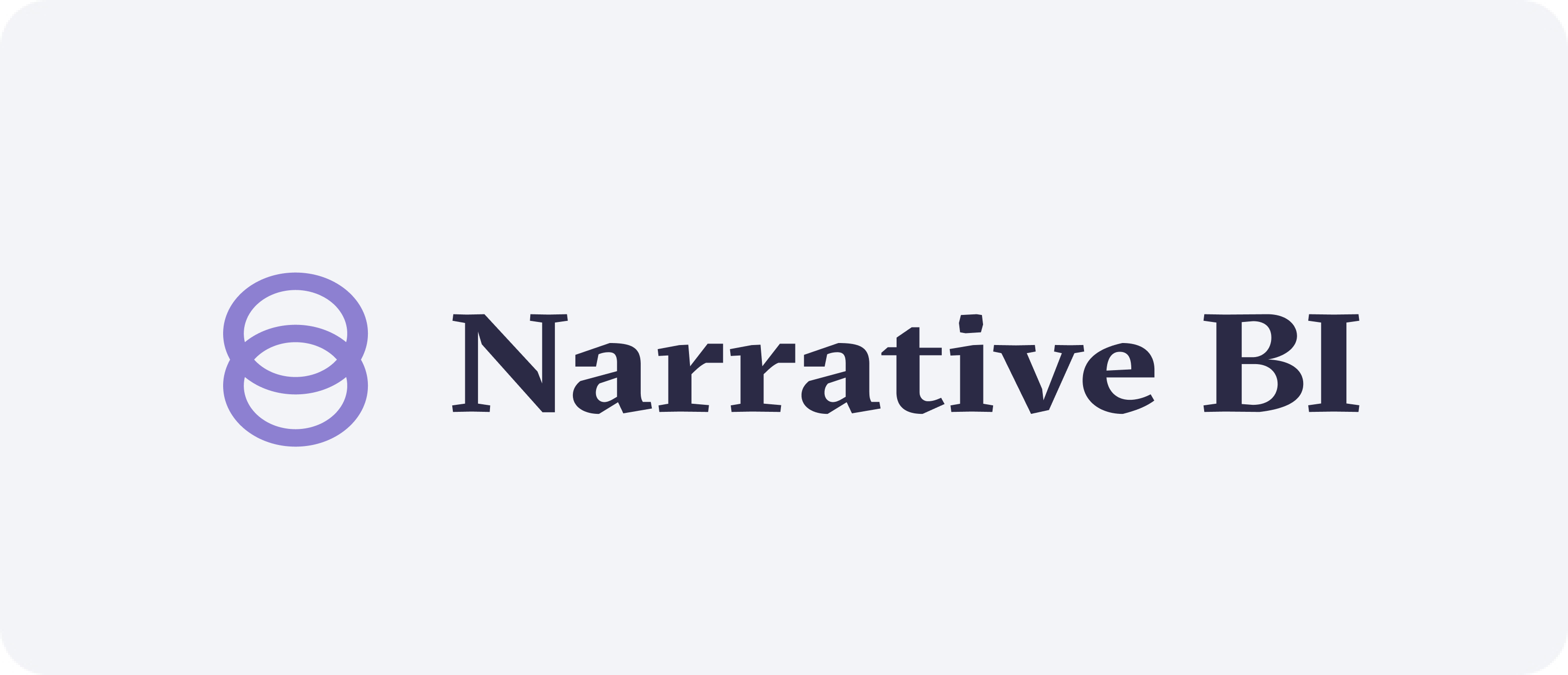
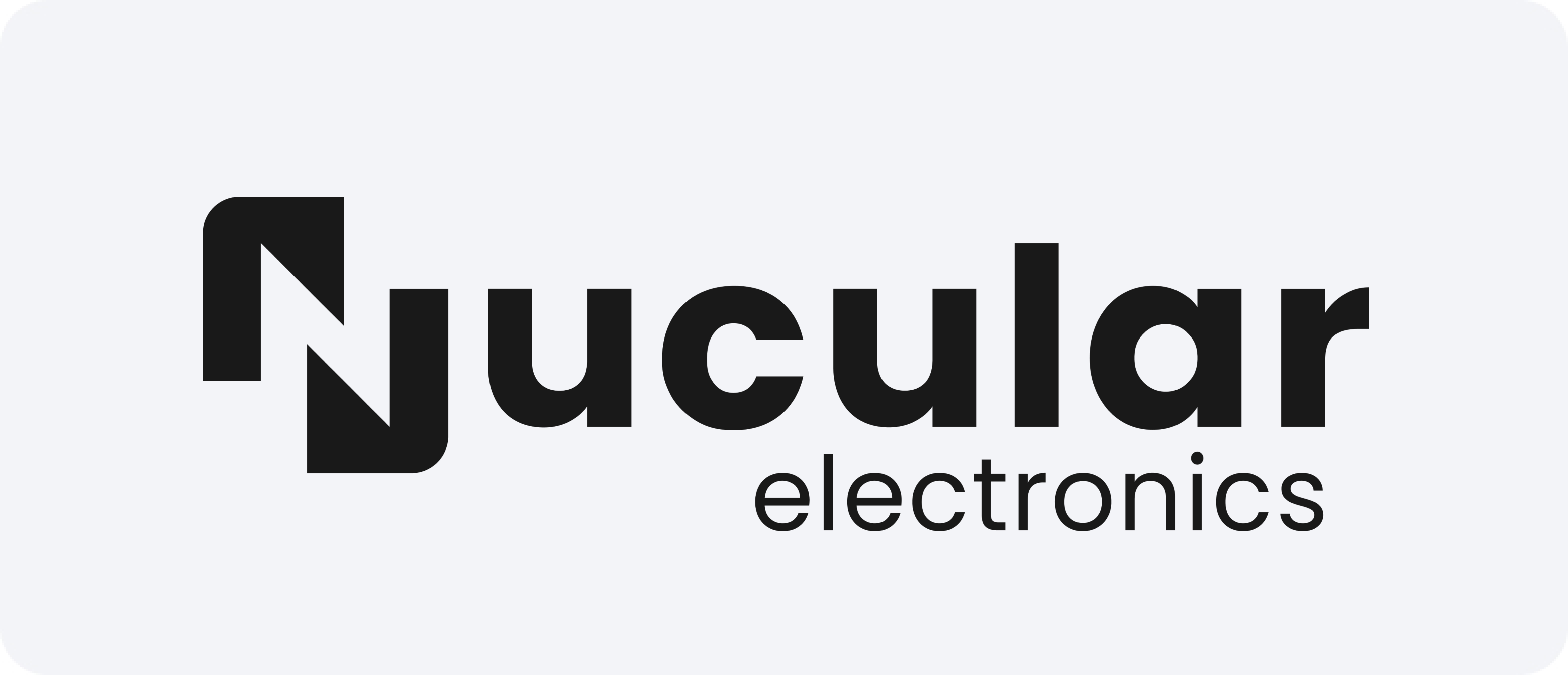

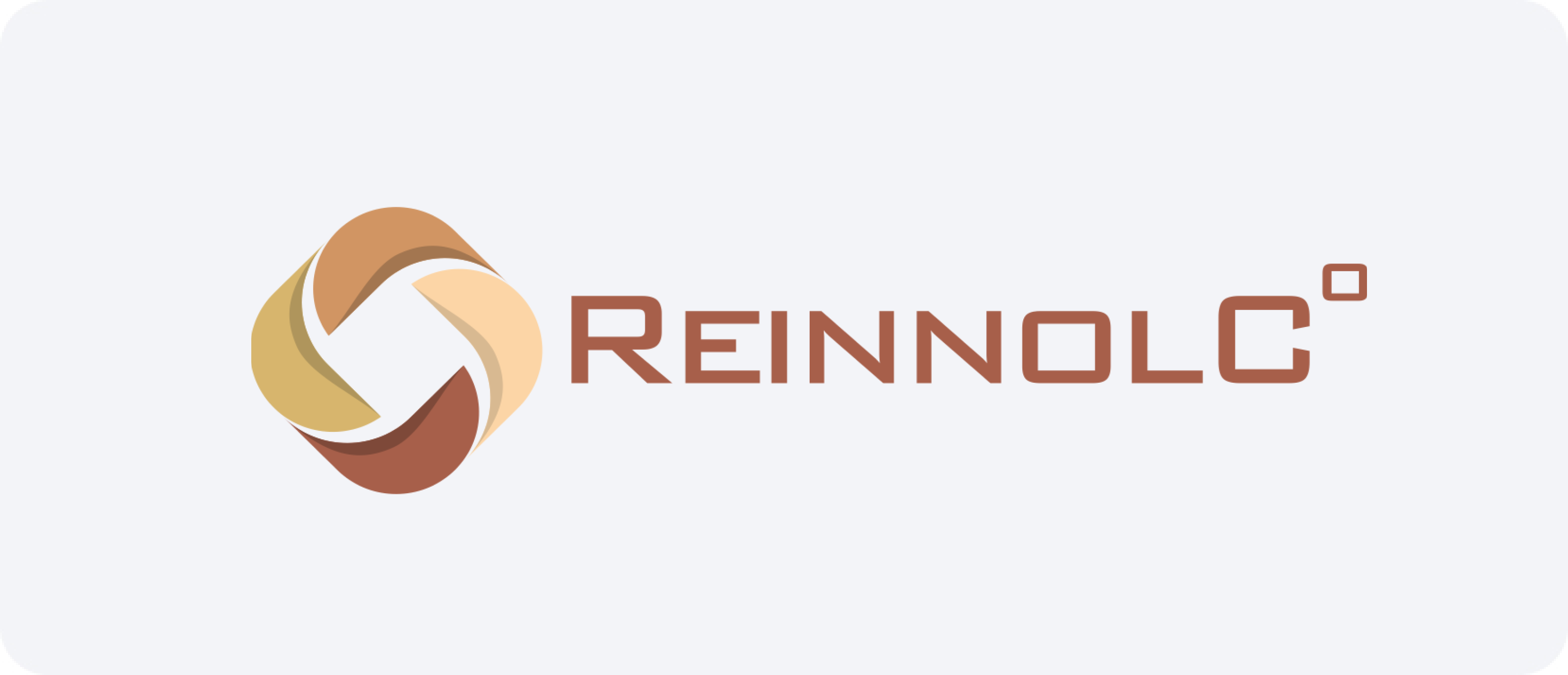

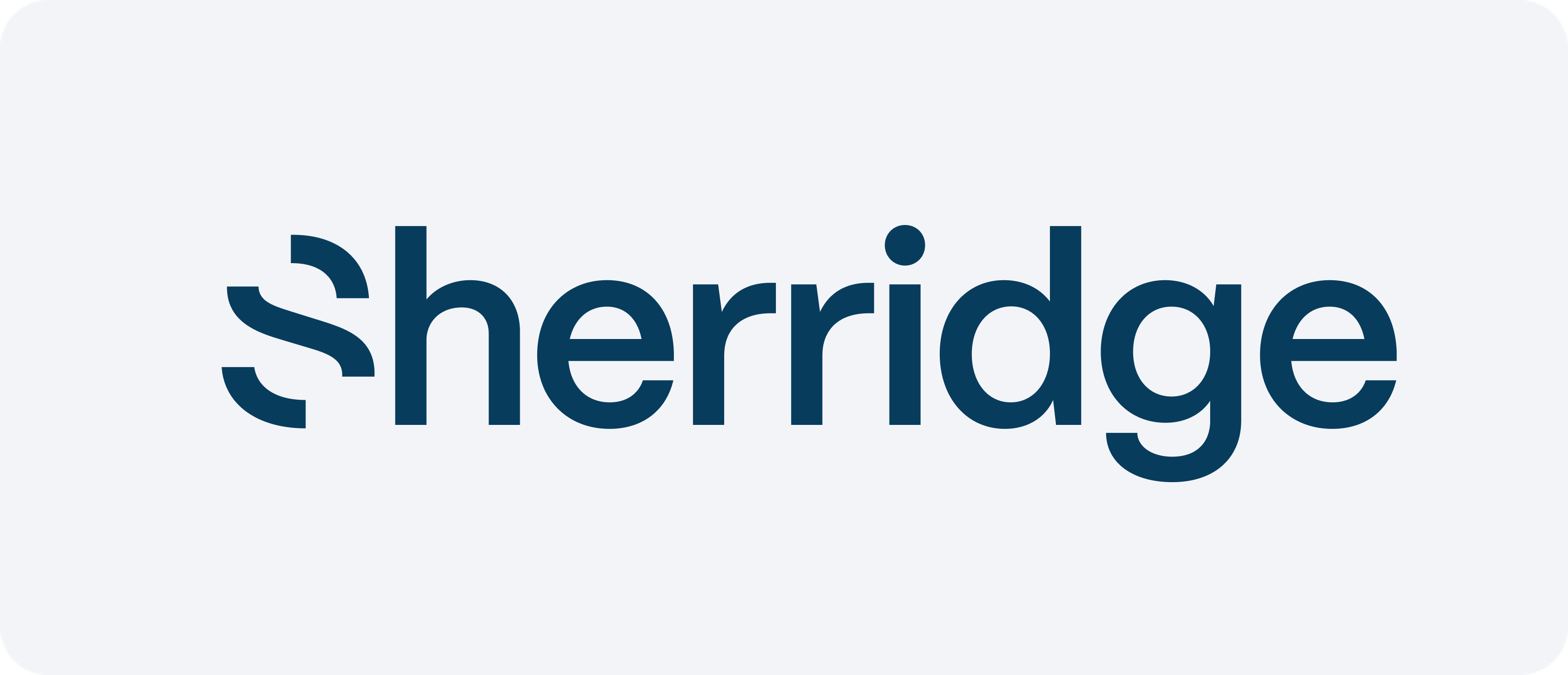
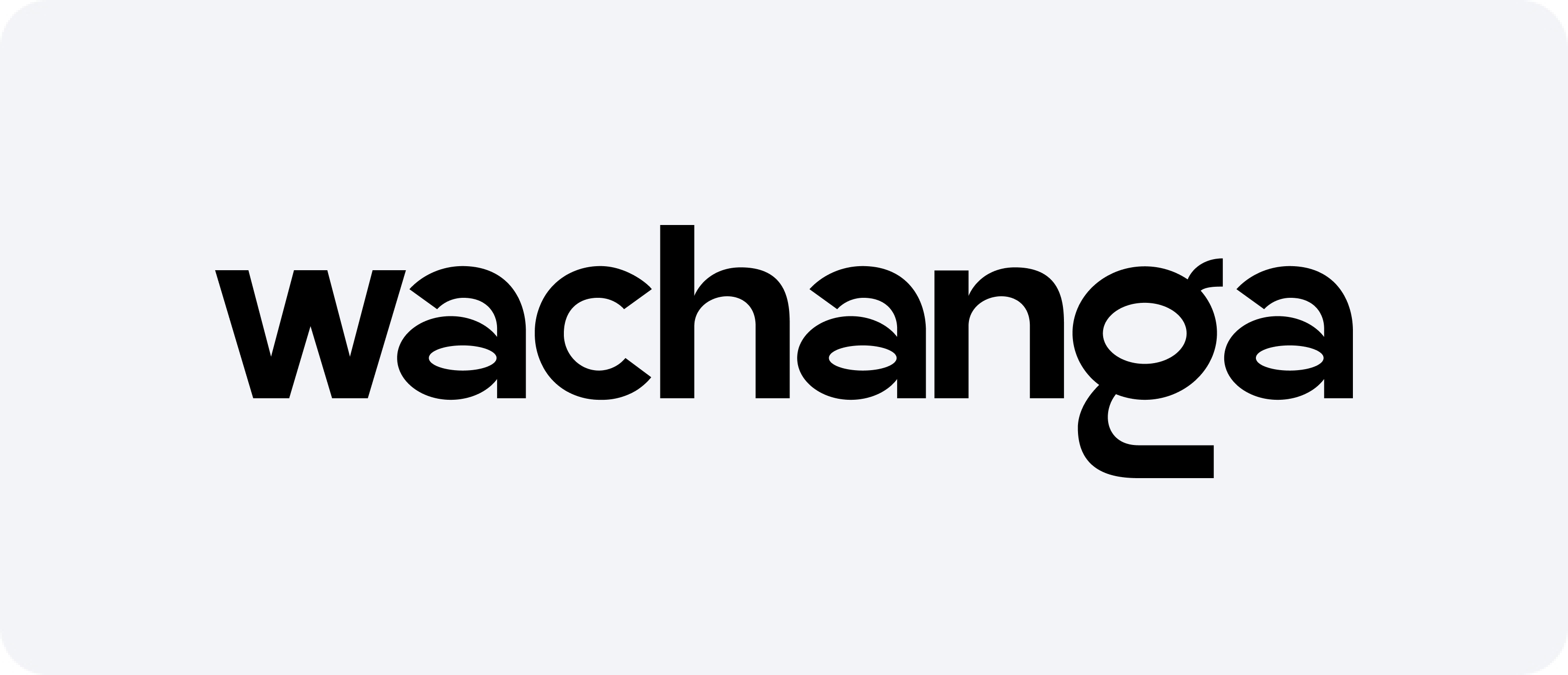
















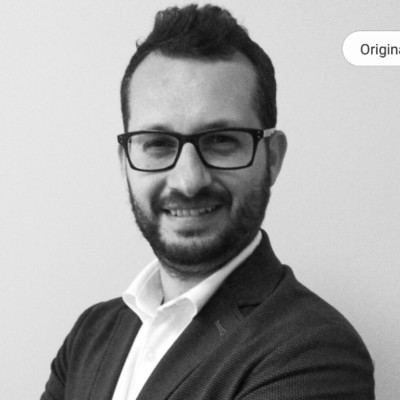
البحث عن قابلية الحصول على براءة اختراع في ألمانيا: الجوانب الرئيسية للإجراء
عند التخطيط لحماية اختراع جديد، يُعدّ البحث عن براءة اختراع خطوة أولى أساسية. تساعد هذه العملية على تقييم مدى استيفاء الاختراع للمعايير القانونية لأهلية الحماية قبل تقديم طلب رسمي. لا يقتصر البحث الشامل على توفير الوقت والموارد فحسب، بل يُقلّل أيضًا من المخاطر المتعلقة بالجدة والخطوات الابتكارية. تُوفّر ألمانيا، بصفتها دولة أوروبية رائدة في مجال التطوير التكنولوجي ونشاط براءات الاختراع، إطارًا متينًا لإجراء مثل هذه الأبحاث بفعالية.
ما هو البحث عن قابلية الحصول على براءة اختراع؟
فحص الجدة هو عملية متخصصة تهدف إلى الكشف عن حلول تقنية موجودة مشابهة للاختراع قيد الدراسة. الهدف الرئيسي هو تحديد ما إذا كانت الفكرة جديدة، وتنطوي على خطوة ابتكارية، وقابلة للتطبيق الصناعي، وهي الركائز الثلاث لقابلية الحصول على براءة اختراع.
يتضمن التحليل عادةً مراجعة قواعد بيانات الملكية الفكرية، والمنشورات العلمية، وغيرها من المصادر العامة. ويستفيد كلٌّ من المخترعين الأفراد والشركات من هذه الخدمة، خاصةً عند التخطيط لدخول أسواق تنافسية.
لماذا إجراء بحث عن براءة اختراع في ألمانيا؟
تفتخر ألمانيا بنظام ملكية فكرية قوي يدعمه المكتب الألماني لبراءات الاختراع والعلامات التجارية (DPMA). وتُصنّف البلاد من بين الدول الرائدة عالميًا في تقديم طلبات تسجيل الملكية الفكرية. يُتيح إجراء تحليل للتقنية السابقة في هذه الولاية القضائية العديد من المزايا:
- تحديد الإفصاحات التقنية السابقة ذات الصلة بالاختراع
- زيادة فرص نجاح الطلب
- تجنب النزاعات القانونية حول التقنيات الموجودة بالفعل
- رؤى استراتيجية حول أنشطة المنافسين
علاوةً على ذلك، يطبق الفاحصون معايير محددة لتقييم الجدة والابتكار. إن فهم هذه المعايير من خلال فحص شامل يمنح المتقدمين أفضليةً كبيرة.
من يقوم بعمليات البحث عن براءات الاختراع؟
يمكن إجراء دراسات الفن السابقة من قبل العديد من المتخصصين والكيانات، بما في ذلك:
- محامي متخصص في قانون الملكية الفكرية
- وكلاء ومحامين مؤهلين ذوي خلفيات تقنية
- مستشارون مستقلون
- DPMA من خلال أدوات قاعدة البيانات الرقمية الخاصة بها
- المنظمات الدولية التي تقدم إمكانية الوصول إلى الإفصاحات الفنية العالمية
في معظم الحالات، يضمن التعاقد مع شركة ألمانية ذات خبرة في نظام الحماية المحلي جودة أعلى للنتائج. ويُعد فهمها للجوانب التقنية والقانونية أمرًا بالغ الأهمية لتفسير النتائج بدقة.
متى وكيف تطلب بحثًا عن قابلية براءة اختراع
التوقيت عاملٌ بالغ الأهمية. يُفضّل أن تُنفّذ هذه الخطوة قبل صياغة طلب البراءة وتقديمه. يُمكّن هذا المخترع من اتخاذ قراراتٍ مدروسة وتعديل نطاق الابتكار عند الحاجة.
هناك طريقتان شائعتان للمتابعة:
1. المراجعة المستقلة استخدام أدوات الإنترنت العامة مثل DEPATISnet أو Espacenet
2. الدعم المهني من خلال خبير أو منظمة مرخصة في مجال الملكية الفكرية
فيما يلي قائمة مرجعية قصيرة لإرشادك خلال العملية:
- حدد المشكلة الفنية والحل المقترح بوضوح
- تحديد الكلمات الرئيسية ورموز التصنيف ذات الصلة
- اختر قاعدة البيانات المناسبة (وطنية أو دولية)
- تحليل النتائج واستشارة أخصائي إذا لزم الأمر
العناصر الأساسية للبحث الناجح عن براءة اختراع
يتضمن تحليل الجودة المكونات التالية:
- استراتيجية البحث:اختيار الكلمات الرئيسية والمرادفات ورموز التصنيف
- تغطية قاعدة البيانات:مصادر الملكية الفكرية الألمانية والأوروبية والدولية
- تحليل النتائج:تصفية المستندات ذات الصلة وتقييم مدى ملاءمتها
- التقرير النهائي:ملخص النتائج والاقتراحات الاستراتيجية
غالبًا ما تتضمن التقارير المهنية رؤى قانونية، خاصةً عندما يقوم بإعدادها مستشار ملكية فكرية أو ممثل قانوني ذو خبرة.
الفوائد الرئيسية للبحث عن قابلية براءة الاختراع
فيما يلي الأسباب الرئيسية للاستثمار في أبحاث الفن السابق في المرحلة المبكرة:
- يكشف تقييم الجدة عن الابتكارات المماثلة الموجودة
- تجنب تكرار التقنيات المعروفة
- توفير الموارد خلال مراحل التقديم والمقاضاة
- تحسين جودة الملفات الخاصة بك
- وضع نفسك بشكل أفضل في إجراءات الترخيص أو التنفيذ
- فهم المشهد التنافسي
- تقدير التكلفة المحتملة والمخاطر المترتبة على ذلك
- دعم اتخاذ القرارات الاستراتيجية في البحث والتطوير
الإطار القانوني وأفضل الممارسات في ألمانيا
يتوافق النظام القانوني بشكل وثيق مع اتفاقية براءات الاختراع الأوروبية. ومع ذلك، تخضع الطلبات الوطنية المُقدمة عبر هيئة براءات الاختراع والعلامات التجارية (DPMA) لفحص مستقل، مما يجعل من الضروري تكييف كل طلب مع المعايير المحلية. ينبغي على مقدمي الطلبات الانتباه إلى ما يلي:
- طرق حماية الملكية الفكرية الوطنية مقابل الأوروبية
- الاختلافات في مواعيد الامتحانات
- متطلبات اللغة وقضايا الترجمة
إن التعاون مع ممارس الملكية الفكرية المرخص الذي يفهم هذه الفروق الدقيقة يمكن أن يحسن بشكل كبير نتائج استراتيجيتك.
الأفكار النهائية
يُعدّ إجراء دراسة أهلية براءة الاختراع في ألمانيا خطوةً أساسيةً في ضمان الحقوق الحصرية. سواءً كنتَ مخترعًا مستقلًا، أو شركةً ناشئةً، أو شركةً متعددة الجنسيات، فإنّ الاستثمار في تقييمٍ عالي الجودة - يُجريه خبيرٌ ماهر - سيُؤتي ثماره دائمًا على المدى الطويل. إنّ فهمَ التقنية السابقة، وبيئة السوق، والإطار القانوني يُمكّن المبتكرين من اتخاذ قراراتٍ أذكى، ويزيد من فرص نجاحهم في سوقٍ شديدة التنافسية.
